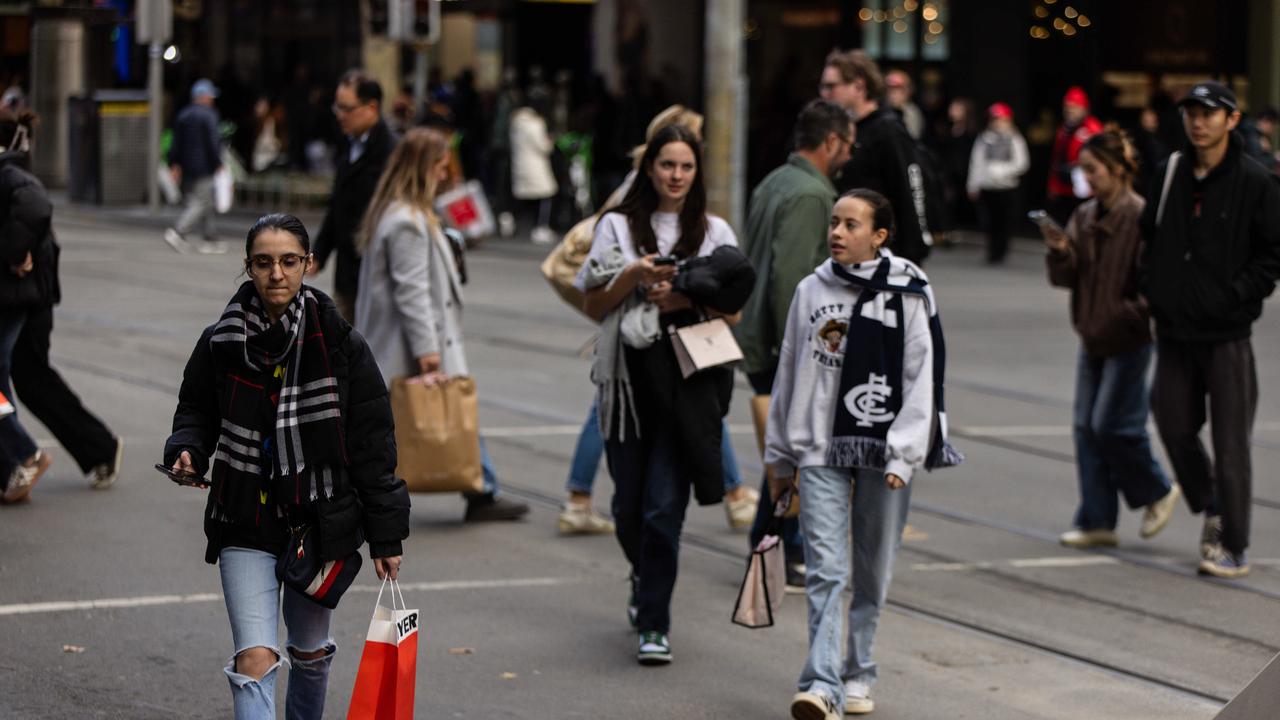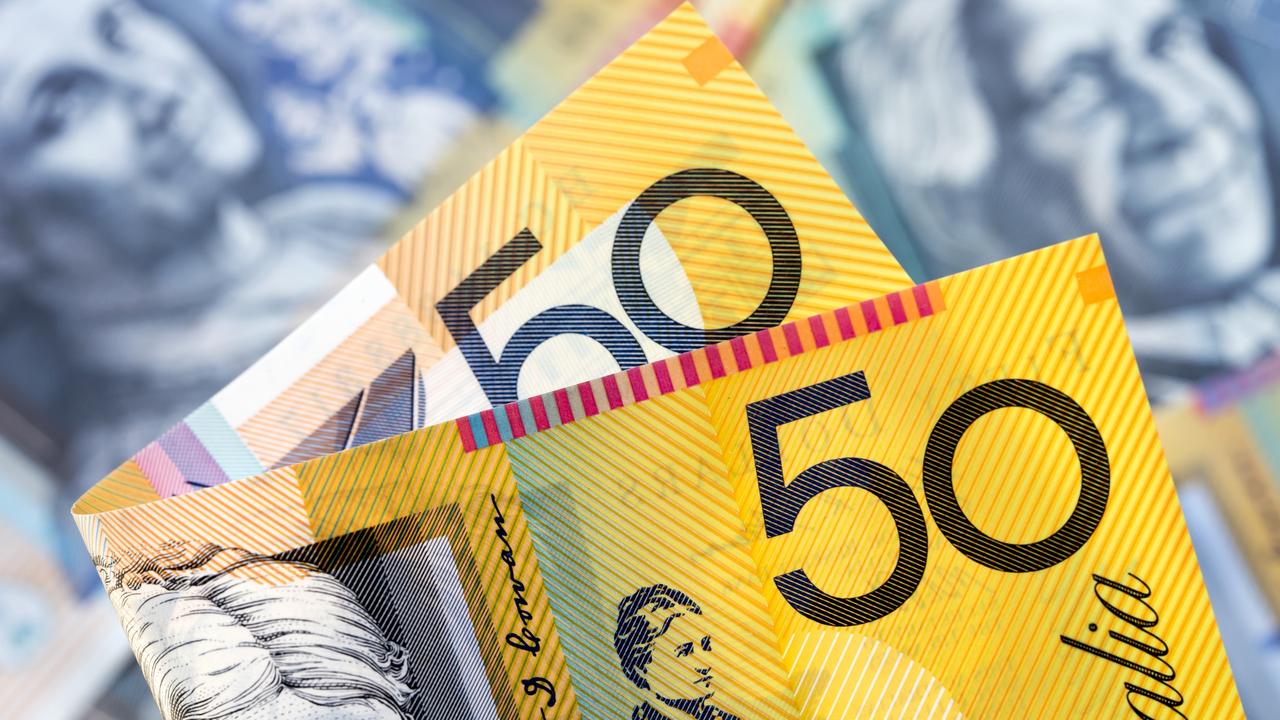Australia in $7.5 billion a month free fall
Things were going well with a key trading partner until a few years ago, now things have taken a turn for the worse, and it’s taking a brutal toll.
Ominous signs are brewing in China’s economy amid fears of a knock-on effect for Australia as we begin to cop a $7.5 billion blow every month from the superpower’s slump.
The nation of 1.4 billion people has never really recovered since it took a battering in late 2022, when Beijing scrapped tough pandemic policies that had weighed heavily on growth.
Back then, there were expectations that China; which many had tipped to become the most powerful economy in the world in the not-too-distant future, would bounce back having kept the health impacts of Covid at bay.
However, it has been anything but plain sailing.
Beijing has recently revealed concerning growth predictions for the coming years. Its GDP is forecast to ease back to 5.0 per cent in 2024, after the recessionary-like growth of 3.0 per cent in 2022 and a slight recovery to 5.2 per cent last year.
However, that rate is predicted to drop further to 4.5 per cent in 2025 and 3.8 per cent in 2026.
These figures are certainly not showing optimism that China will bounce back any time soon, and it’s all bad news for Australia.
Australia copping $7.5 billion monthly hit
It’s often said that China and Australia have a close and important trading relationship. This is because we buy a lot of Chinese-made products, but they also buy the a huge share of our stuff. What we sell to China makes up a third of our exports.

This has put a rocket under Australia’s economic prosperity over recent decades, enhancing national income and fostering economic growth even when times were tougher for the rest of the world.
However, it also exposes Australia to potential risks if China’s economy declines; with the Asian nation’s slowdown already hitting the economy Down Under in a big way.
A major part of this trading relationship depends on commodities; in basic terms, stuff we dig out of the ground and sell to China for them to use as building materials.
The Reserve Bank of Australia’s (RBA) index of commodity prices, which reflects the relative importance of Australia’s export values, has plummeted by a substantial 26 per cent in Aussie dollar terms since its peak in October 2022.
The price of iron ore, Australia’s largest commodity export to China, has dropped from over US$150 per tonne in early 2022 to US$135 per tonne in early 2024, and currently stands at roughly US$107 per tonne.
On a macro scale, the damage this has on the Australian economy is eye-watering.
The decline in commodity prices has contributed to the reduction in Australia’s monthly international trade surplus. In 2022, the surplus generally ranged between $12.5 to $15 billion, but it has now decreased to around $5 to $7.5 billion per month.
Between the two figures at the top end of each range, that’s a hit of $7.5 billion we’re not getting each month.

Concerning signs from Chinese factories
Factory activity in China shrank for a second straight month in June, data showed on Sunday, underscoring the country’s shaky economic recovery ahead of a key political gathering expected to focus on deepening reform.
The manufacturing purchasing managers’ index (PMI) — a key measure of factory output — registered at 49.5 in June, identical to May’s figure, according to the National Bureau of Statistics (NBS).
The latest official index was in line with a Bloomberg forecast based on a survey of economists.
A PMI figure below 50 indicates a decline activity, while anything above indicates an expansion.
China’s politicians are due to meet in Beijing in mid-July for a highly anticipated political gathering expected to focus on economic recovery.
Contraction in the manufacturing sector is a worrying sign for the world’s second-largest economy, which has struggled to regain momentum since the pandemic.
China’s non-manufacturing PMI, which takes activity in the services sector into account — expanded in June at 50.5, the NBS also said on Sunday.

But despite the growth, that figure represented a drop from the 51.1 notched the previous month and was also lower than the 51.0 forecast by Bloomberg’s survey.
NBS statistician Zhao Qinghe cautioned in a statement Sunday that while the country had “maintained overall expansion” in June, “the foundation for continuing recovery and improvement still must be consolidated”.
Among the hurdles policymakers face are a prolonged debt crisis in the once-roaring property sector, sluggish consumption and high unemployment — particularly among youth.
Chinese President Xi Jinping said in a speech on Friday that officials were eyeing “major” reforms that would “form a more market-oriented, legal and international business environment”.
Inflation fears rising in Australia
Meanwhile, Australia is facing its own set of economic woes after the latest figures showed inflation was on the rise.
Now it is feared a series of cost of living measures that came into effect on Monday will fuel inflation and lead to even higher interest rates.
The Albanese government is defending the handouts, including tax cuts for all taxpayers, saying inflation will eventually come down.
Prime Minister Anthony Albanese and Treasurer Jim Chalmers were both spruiked the stage 3 tax cuts and other measures, including the $300 energy rebate and pay rise for low income workers, denying they would overstimulate the economy.
Mr Albanese, during a visit to an Indian sweet factory in Melbourne, said the government was doing what it could to bring inflation down while helping Australians.
“That is our objective here, to make sure that we get through the short-term issues which are there for cost of living pressures on families,” he said.
“But we want to make sure, as well, that we get the economic settings right, which is why we have produced those budget surpluses, which does put downward pressure on inflation.”

He said the Sweet Magic factory was an appropriate place to talk about the government’s economic plans “because our objective is to hit the sweet spot.”
“The sweet spot in putting downward pressure on inflation while providing cost of living relief,” he said.
“2.6 million people on award wages will get a wage increase, as well, 13.6 million Australian taxpayers will get a tax cut.”
Fears that the RBA would raise rates from 4.35 per cent, the highest its been since late 2020, rose after the CPI indicator for the month of May hit 4 per cent.
Mr Chalmers said he expected inflation would be tamed, despite the May figure and the March quarter figure of 3.6 per cent – above the RBA’s target of between 2 and 3 per cent.
The Australian Bureau of Statistics will release the important June quarter print on July 31, just days before the RBA’s next board meeting on August 6.
RBA governor Michele Bullock has said consistently the RBA would raise rates again to bring inflation under control if it had to.
The opposition went on the attack on Sunday, with senior frontbencher Michaelia Cash saying the government’s package would do nothing to help Australians.
More Coverage
“Back in the real world, when Australians wake up today, they will be doing it tough as a result of the policies of this government,” she told Sky News.
“It’s not inflation; it is Jimflation.”
— With NCA NewsWire and AFP






